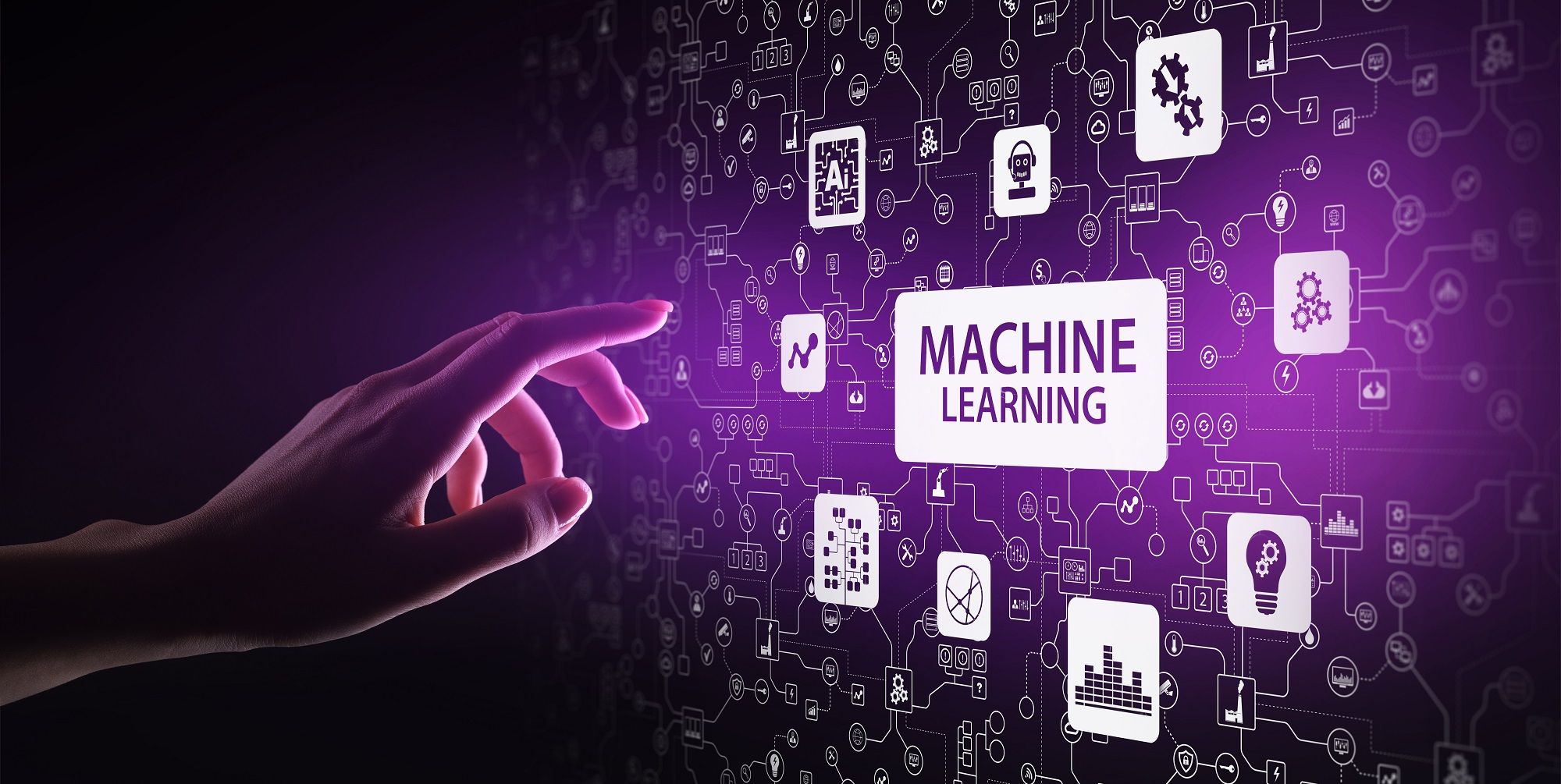Introduction
One of the most revolutionary technologies of the digital age is machine learning. As a subset of artificial intelligence, machine learning enables computers to learn from data and improve their performance over time without being explicitly programmed. It underpins many of the tools and services we use daily, from personalized recommendations on streaming platforms to real-time fraud detection in financial services.
The power of machine learning lies in its ability to identify patterns and make predictions based on large volumes of data. By automating decision-making processes, machine learning is reshaping industries and driving innovation at an unprecedented pace. From healthcare and education to manufacturing and marketing, machine learning is creating smarter systems that adapt and evolve.
Understanding Machine Learning.
At its core, machine learning is about creating algorithms that can process input data and use statistical analysis to predict an output while updating predictions as new data becomes available. Unlike traditional programming, which relies on explicitly coded rules, machine learning systems develop their behavior by learning from examples. There are three main types of learning models used in machine learning. Supervised learning involves training an algorithm on a labeled dataset, where both the input and desired output are provided.
The model is used for classification and regression because it learns to map inputs to the right outputs. Unsupervised learning works with data that has no labels, allowing the algorithm to find hidden patterns or groupings. Clustering and association are common tasks here. Reinforcement learning is a feedback-based method where an agent learns to perform actions in an environment to maximize some notion of cumulative reward. Linear algebra, probability, and optimization are some of the mathematical foundations on which these models are based.
Key Algorithms and Techniques.
Applications based on machine learning are supported by several algorithms. In supervised learning, decision trees, support vector machines, and linear regression are commonly used for classification and prediction. Due to their high accuracy in challenging tasks like image and speech recognition, neural networks, particularly deep learning models, have gained popularity. Unsupervised learning relies heavily on clustering algorithms like K-means and hierarchical clustering, as well as dimensionality reduction techniques such as Principal Component Analysis.
These methods help uncover hidden structures within the data without predefined labels. Reinforcement learning algorithms, such as Q-learning and policy gradient methods, are used in scenarios that require sequential decision-making, such as robotic control or game-playing. These models learn by interacting with their environment and receiving feedback in the form of rewards or penalties. Model selection and feature engineering are essential steps in the machine-learning workflow.
Applications of Machine Learning.
Machine learning is revolutionizing countless industries with its wide-ranging applications. In healthcare, machine learning models assist in diagnosing diseases, predicting patient outcomes, and personalizing treatment plans. For example, algorithms can analyze medical images to detect tumors or identify patterns in patient data to forecast potential health risks. In finance, machine learning is used for fraud detection, algorithmic trading, credit scoring, and customer segmentation. Banks and other financial institutions can more effectively prevent fraud by analyzing transaction data in real-time.
Retail and e-commerce companies use machine learning to personalize customer experiences, optimize inventory, and forecast demand. Recommendation engines, which suggest products based on user behavior and preferences, are powered by collaborative filtering and other machine-learning techniques. In manufacturing, predictive maintenance systems use machine learning to analyze sensor data and predict equipment failures before they occur. This reduces downtime and maintenance costs, improving operational efficiency.
Challenges and Limitations.
Machine learning has a lot going for it, but it also has a lot of problems. One of the main issues is data quality. Machine learning models are only as good as the data they are trained on. The model’s predictions may be unfair or inaccurate if the data is noisy, incomplete, or biased. Overfitting is another common problem, where a model performs well on training data but poorly on new, unseen data. This occurs when, as opposed to general trends, the model learns patterns that are unique to the training set.
This problem is addressed using regularization and cross-validation methods. Interpretability is a major concern, especially for complex models like deep neural networks. In a lot of applications, it’s important to know how a decision was made, especially in important fields like law and healthcare. Efforts are ongoing to develop explainable AI systems that can provide transparency and accountability.
Conclusion.
Machine learning is at the forefront of the technological revolution, driving innovation across a vast array of sectors. Its ability to learn from data, adapt to new information, and automate decision-making processes makes it an indispensable tool for the future. While challenges related to data quality, interpretability, and ethics remain, ongoing research and development are steadily addressing these issues.
As machine learning continues to evolve, it will play a central role in building intelligent systems that improve our lives in ways we are only beginning to imagine. The path forward involves not only technical progress but also thoughtful consideration of how machine learning is applied. By fostering transparency, inclusivity, and accountability, we can ensure that machine learning serves the greater good and contributes to a smarter, more equitable world.
